A new book on the ingenious Hungarian master Gyula Breyer ranks, in my opinion, at the very top of chess publications, along with Kasparov’s various mega series, Nimzowitsch’s My System, and Alekhine’s books of his best games. It is a compendium of games, discursive digressions, notes, discreet modern corrections, scholarly research, history, theory and perhaps most impressive of all, Breyer’s philosophy of the art, science and sport of chess.
I just have one query, a strange reference by Dvoretsky in his notes to Breyer v. Esser. Tal v. Tolush 1957 USSR Championship seems to be strangely misattributed, with White (instead of Tal) being given as somebody I have never heard of, one Szucs. It transpires that this is one of those mysterious computer glitches, for which there is no apparent reason: wherever Mikhail Tal should be mentioned, the enigmatic and nonexistent Szucs appears in his stead. That apart, this is a chess epic of Tolstoyan magnitude, which will inevitably enter the annals of chess literary classics.
Gyula Breyer: The Chess Revolutionary by Jimmy Adams is published by New in Chess.
Lasker-Breyer: Budapest 1911, Scotch Gambit
1 e4 e5 2 d4 exd4 3 c3 d5 4 exd5 Qxd5 5 cxd4 Nf6 6 Nf3 Bb4+ 7 Nc3 0-0 8 Be2 Ne4 Black has developed very quickly and wants to take action before White castles. 9 Bd2 Bxc3 10 bxc3 Nc6 11 0-0 Qa5 Preventing 12 c4 as Black then replies 12 … Nxd2 13 Qxd2 Qxd2 14 Nxd2 Nxd4. 12 Qc2 Bf5 13 Bd3 Rfe8 14 Be1 White now threatens both 15 Nh4 and 15 c4 which if played at once can be met by 14 … Nxd2. 14 … Qd5 15 c4 Qd6 (see diagram 1) 16 d5 If 16 Nh4, Black can reply 16 … Bg6, meeting 17 Nxg6 with 17 … Nxd4. Now if White tries to hold on to the extra material with 18 Qb1 Black continues 18 … Nc5 19 Nh4 Nxd3 20 Qxd3 Ne2+ winning the white queen. 16 … Ne5 17 Bxe4 This falls into a deadly trap. He should have contented himself with 17 Nxe5 Qxe5 18 Rb1 with approximate equality. 17 … Nxf3+ 18 gxf3 Qg6+ 19 Kh1 Rxe4 (see diagram 2) The point of the knight sacrifice. If 20 fxe4 Bxe4+ wins the queen. 20 Qc3 Rh4 Threatening 21 … Qh5. 21 Rg1 Losing at once but 21 Qe5 Qh5 22 Qg3 Rh3 23 Qg2 Rxf3 is hopeless. 21 … Rxh2+ Forcing mate. 22 Kxh2 Qh5+ 23 Kg3 Qg5+ 24 Kh2 Qh4+ 25 Kg2 Qh3 mate
The lustre of this energetic victory is somewhat diminished by the fact that the game was played in a simultaneous display. However, any win against the mighty Lasker, who was world champion from 1894-1921, must be considered meritorious.
Got something to add? Join the discussion and comment below.
Get 10 issues for just $10
Subscribe to The Spectator Australia today for the next 10 magazine issues, plus full online access, for just $10.
You might disagree with half of it, but you’ll enjoy reading all of it. Try your first month for free, then just $2 a week for the remainder of your first year.

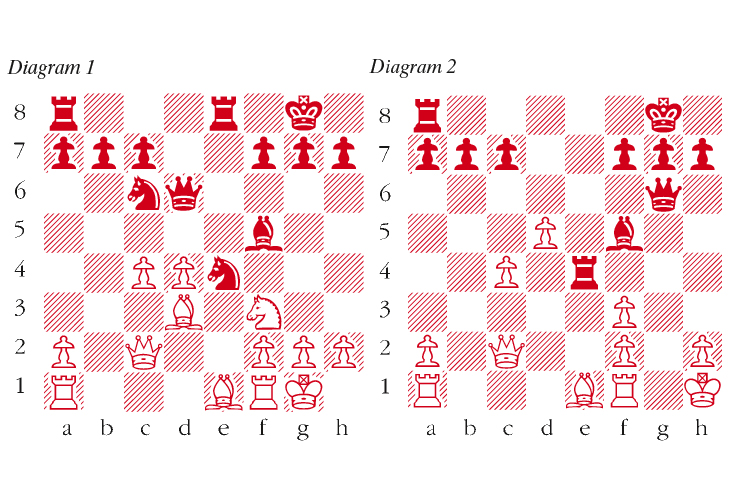

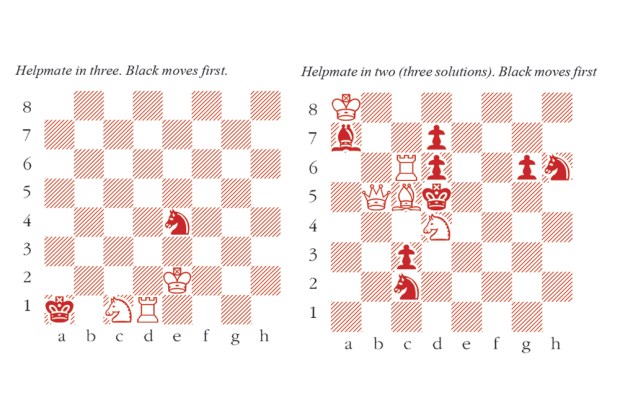
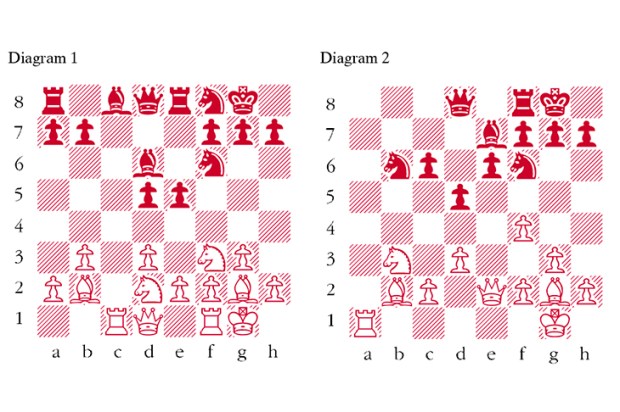
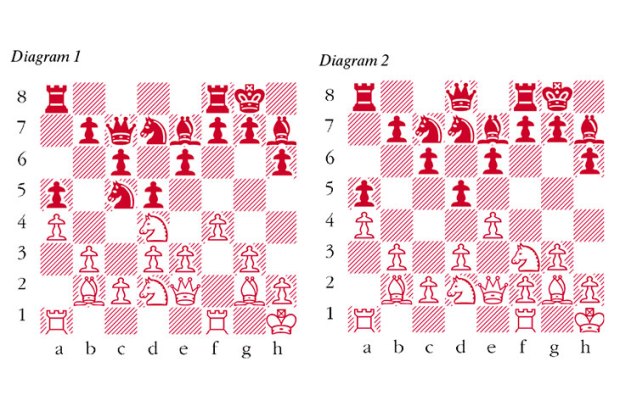
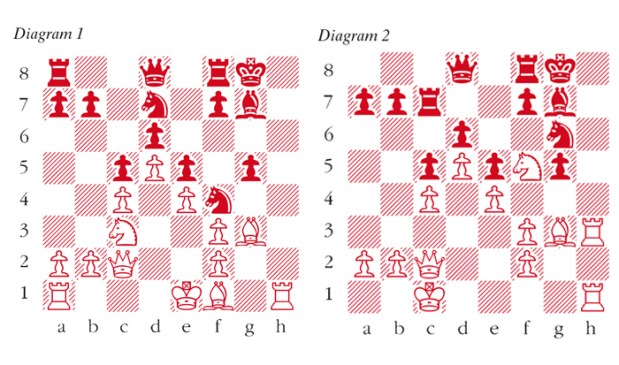
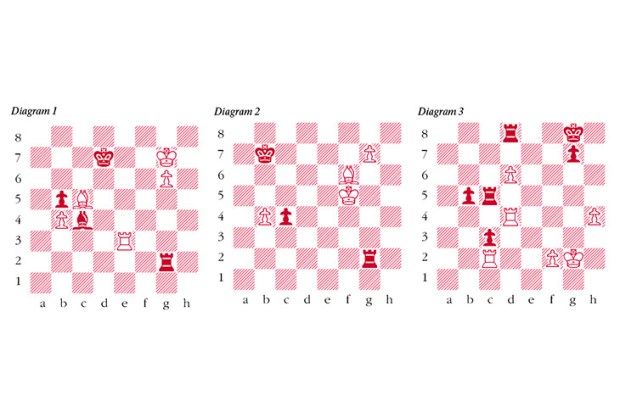






Comments
Don't miss out
Join the conversation with other Spectator Australia readers. Subscribe to leave a comment.
SUBSCRIBEAlready a subscriber? Log in